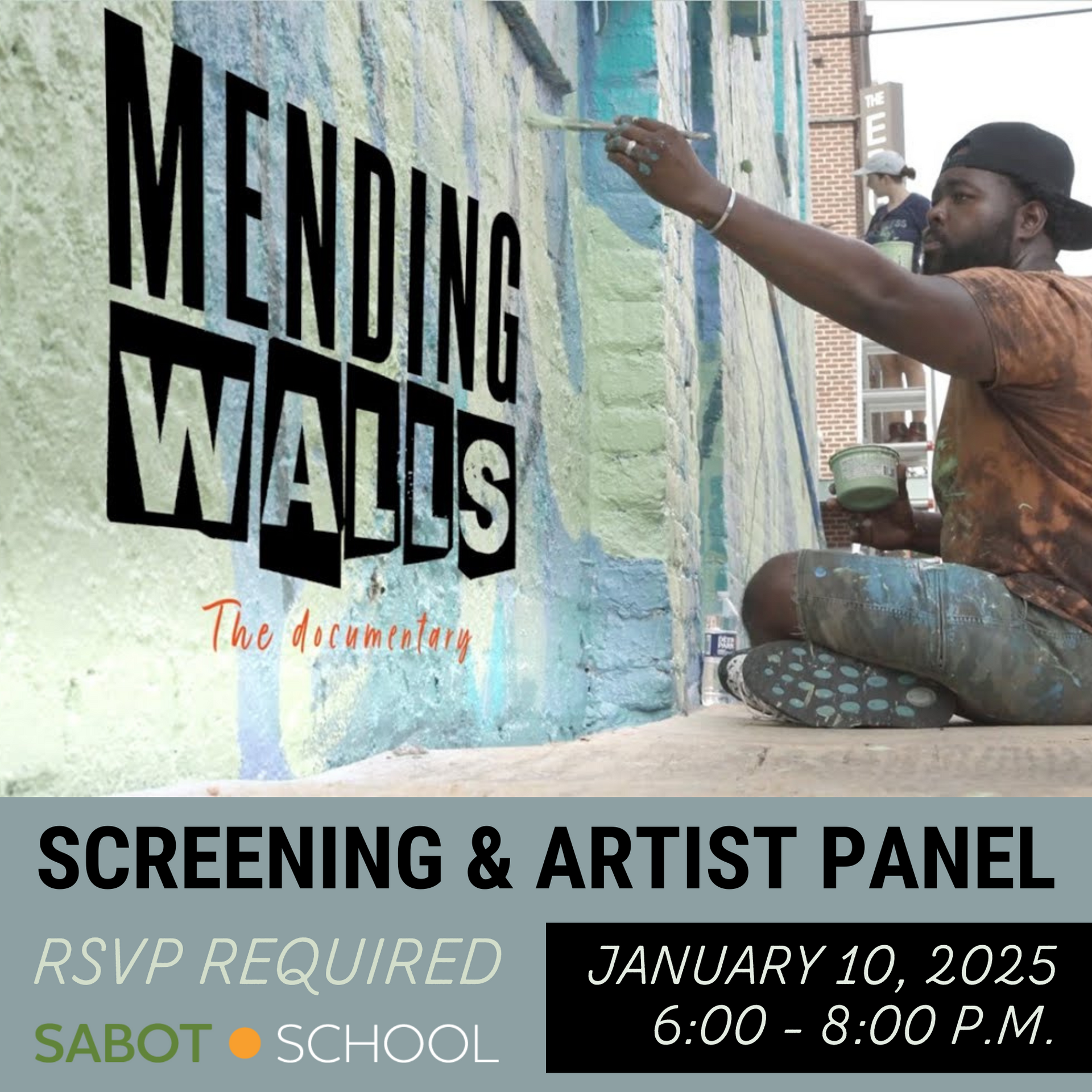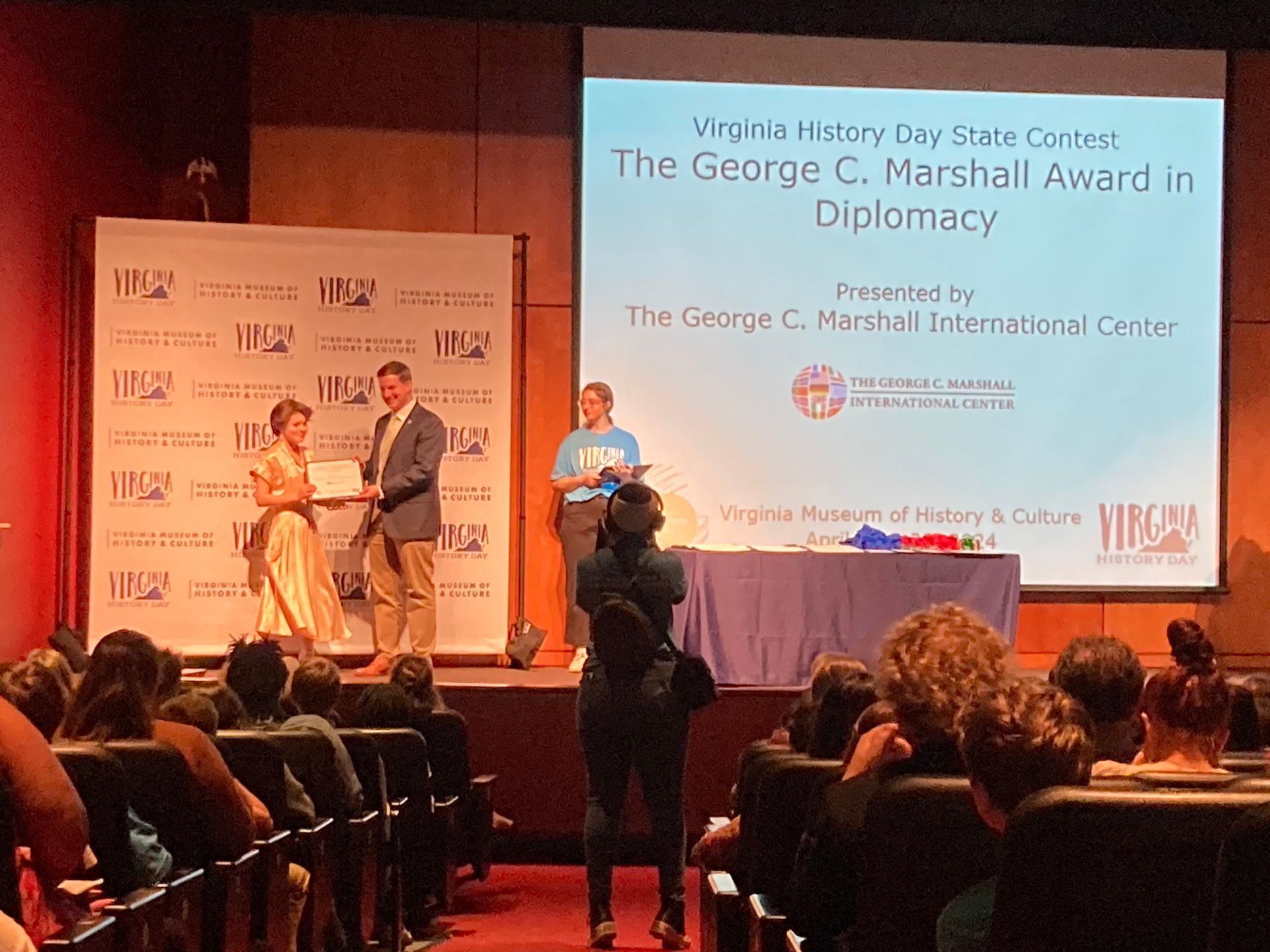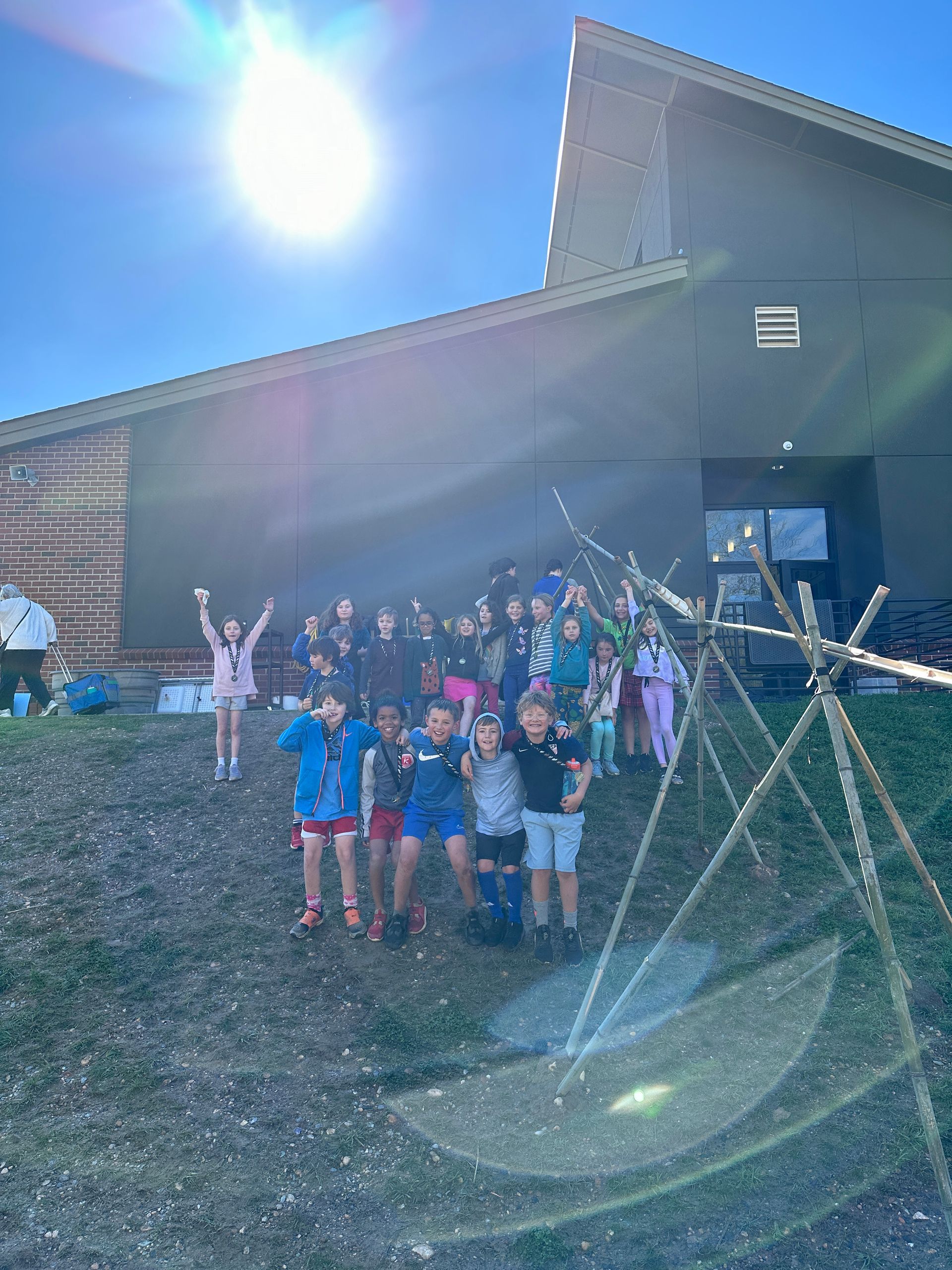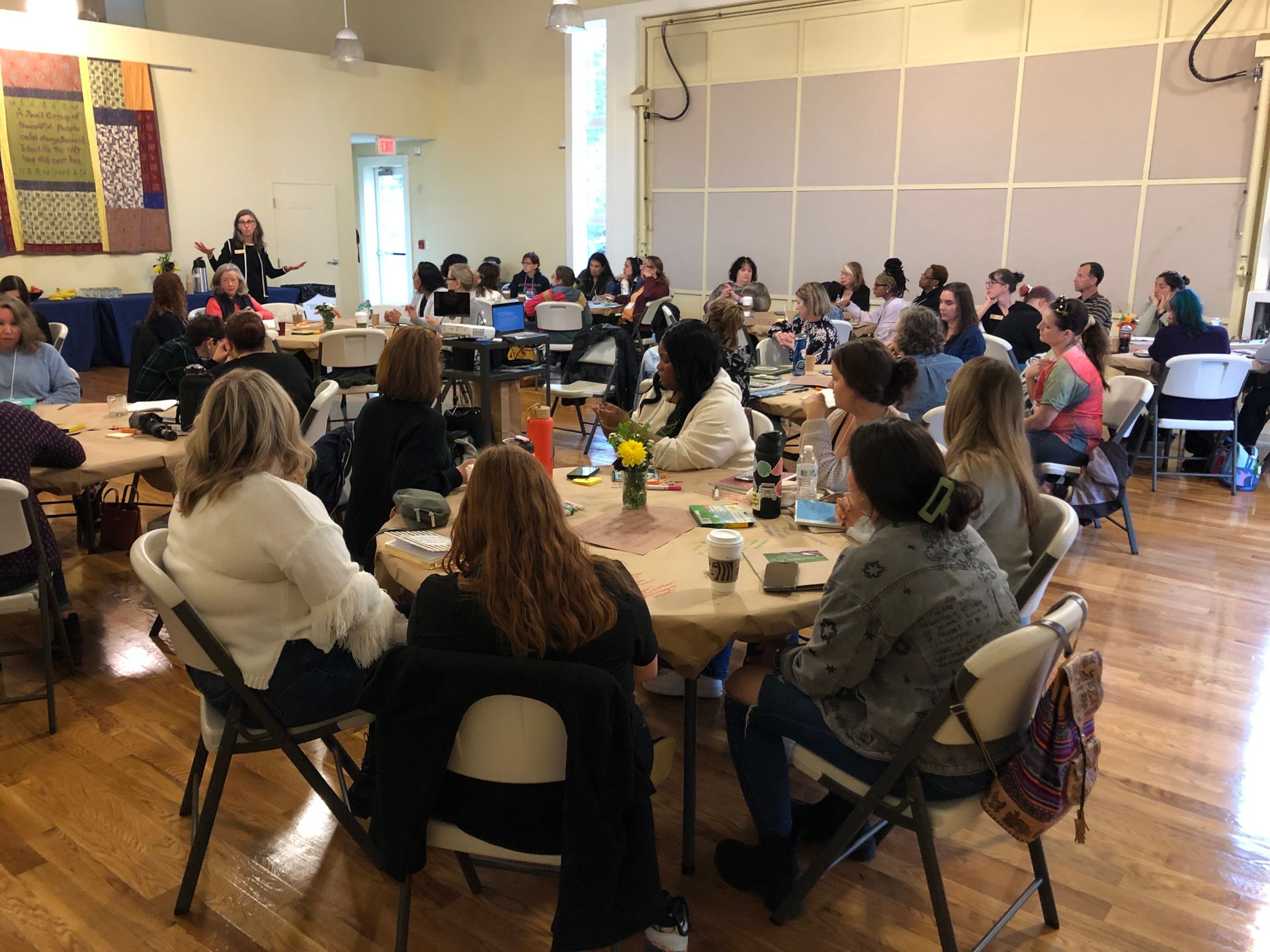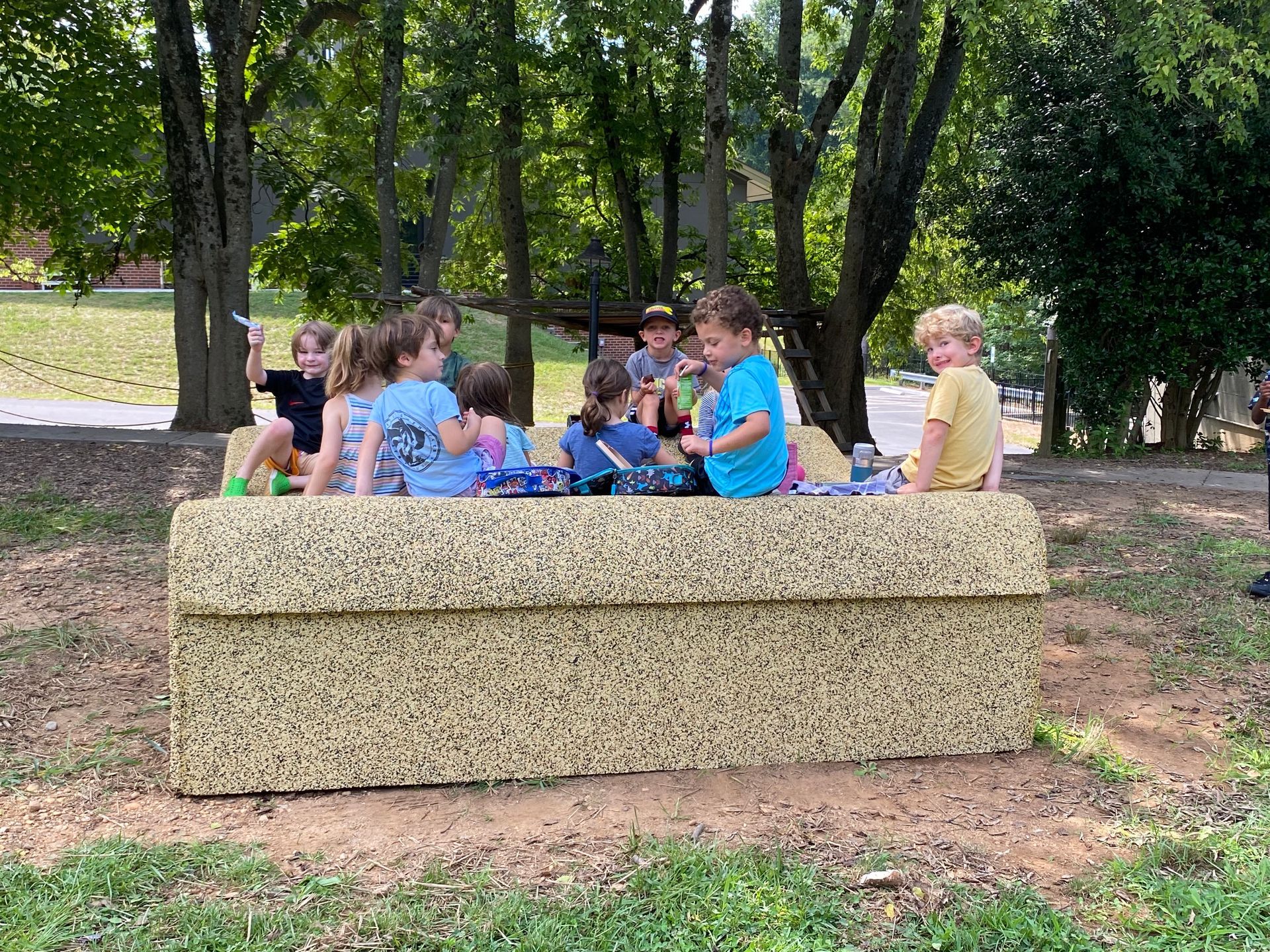Finding Our Roots: Exploring “Our People” Through Family Trees
As we launched our history project, the children dedicated themselves to exploring one or two family members to investigate deeply through interview and storytelling. While this proved to be a meaningful way for the children to connect with a person in their family and to gain some historical context of that person’s life, we stepped back to reflect upon our third grade history question: “Who are my PEOPLE ?”
The question itself implies a plurality of experiences. With this in mind, we encouraged the children to visually represent a broader understanding of the relationships and connections within their family through the creation of a family “tree.” We did not require that it take on the literal shape of a tree, though most students chose this as a symbolic form of representation. The work of creating and revising a family tree served as a way for students to become engaged with their family story and our essential history question. Using information from their initial family research, the children began their first attempts to create their family trees. Each revision demonstrated a perseverance and commitment to uncover more of their family story and a deepening understanding of the vast and interconnected relationships that comprise “their people.”
Family Trees: First Attempts (Pencil and Paper)
The children were given pencil and paper to work with and were asked to simply draw the relationships and connections within their family, with no requirement of what it should look like or how far back it should go. Some set out quickly to work, filling up their page, engaged by the challenge of how much they could include and how they could represent the unknown, while others started off a bit unsure and frustrated by the the vast exponential nature of it all and the gaps that felt impossible to know.



First Attempts: Evan (Left), Leo (Center), Reed (Right)
Many recurring curiosities and creative solutions began to pop up in the process. In order to share their thinking, we set up a gallery walk in which the students observed each other’s first attempts. After doing this, they came back to circle and discussed as a group what they noticed in each other’s work.


- Nathan: Some of them had older people at the top, and some of them had older people at the bottom. It makes sense in both ways. It doesn’t matter which way you start […] If you have you at the bottom, that looks like it branches out or comes in. If you show you at the top, the roots are at the bottom. The roots of the people.
- Carter: On Leo’s, on the bottom, the closer down, there were cousins, and at the top, it was him and his brother. Is that because they’re older than you?
- Leo: They were older. I wasn’t showing age, I was showing how they connect.
- Leo: I noticed some people drew trees with names and people and some just drew boxes or circles with names in them. I just noticed that some people are thinking about the tree specifically – a tree with people on it, leading down to the rest of the family they know. Others did trees without faces and some did boxes. I was wondering if someone did that for a reason – why some drew trees with branches and roots and why some drew boxes and lines connecting them.
They built a vocabulary together to show various strategies for representing divorce, death, stepfamilies, and unknown information through different symbols, keys, and lines. Their revisions show an evolution of their thought processes and gained understandings over time.
Family Trees: Second Attempts (Thinking Pens)
After the gallery walk and subsequent discussion, there was a palpable energy in the classroom inspired by each other and the new ideas they had co-constructed in the process. With this building excitement about their family tree work, we extended our project time to allow them to immediately revisit their thinking. In this second attempt at representing their family connections, we asked them to use a thinking pen and single piece of paper. As a result, the first minutes were quietly pensive, each student taking the time to think through their plan and decide how they were going to approach some of the elements we discussed as a group:
- Where would they position themselves?
- How could you represent the various family relationships to each other?
- How would they represent unknown relationships?
- What symbols might they choose to include? Would they include names, relationships, or both?
- Would they include pictures, written information, or both?


Sadie’s Family Tree #1 (Left) and Family Tree #2 (Right)
I drew mine [second attempt, right] like a sumi-e painting. I made the whole branch thing like the family thing – like, with the family you’re in. [Uses fingers to trace branches] The flowers on it are the people I can name in my family. I made the petals that fell off people who either left the family or died.


Miles’s Family Tree #1 (Left) and Family Tree #2 (Right)
The branches form a heart together because when my grandparents got married their families joined together. Even though they are no longer together (divorced) our families are still connected (as a result of that marriage) so I kept the heart connecting them there.


Harper’s Family Tree #1 (Left) and Family Tree #2 (Right)
On my first one, I did a family tree with just them [names] on it. My second one – I thought about it. Then I put the Imburg family and Walker family on one side, and then the people who were both on the other side. I put their age and when they died.


Thomas’s Family Tree #1 (Left) and Family Tree #2 (Right)
I had nothing on my first family tree. Just my family and grandparents. The tree I did [2nd attempt, top right] went up to great-great-great grandparents and it had a lot more detail. I started with mom, dad, me, my brother and sister. Then I went to grandparents, then aunts/uncles. Then farther and farther down. I kept writing stuff…a key. The age. All the question marks are the people I don’t know.


Nathan’s Family Tree #1 (Left) and Family Tree #2 (Right)
I added and changed my symbols. If I didn’t know their name, instead of a question mark, I put a blank square. If I did find out their name, I could add it in.
Family Trees: Third Attempts (Loose Parts)
While the children were all growing in their thinking with each revision of their family tree, some were frustrated by the limitations of working with pencils, pens, and paper as it made rearranging their ideas more cumbersome when they found out new information. In order to allow the children to more freely and continuously reorganize their family connections, we offered a new form of representation with loose parts.






With materials such as pom poms, bottle caps, connector cubes and sticks, straws, and buttons, the children were asked to once again represent the connections and relationships within their family tree,but this time they were given a more flexible and fluid template with which to work. As they revised their thinking, they could merely move a part or pick a new symbol of representation. At the completion of their loose parts family trees, each student created a key that explained what each material represented. Then they participated in a gallery work to examine each other’s final products.
Sabine’s Loose Parts Family Tree


Carlin’s Loose Parts Family Tree


Isabelle’s Loose Parts Family Tree


The children have now moved on from constructing family trees to creating a collective and co-constructed timeline, as well as a personal timeline for the relative they have chosen to focus on as a lens for understanding their people in the broader context of history. In the process of determining how they want to represent the culmination of all their project thinking and investigations, the students have spent time researching what life was like in the time of their chosen relative. Gaining a fuller picture of the past, they are beginning to have a clearer picture of how they would like to represent their understanding of “their people” in history. In placing their family story into connection with history as a whole – and with the family stories of their peers- they are driving their own questions for future research and a broader definition and understanding of “their people.”
The post Finding Our Roots: Exploring “Our People” Through Family Trees appeared first on Sabot at Stony Point.
SHARE THIS POST
